The
Moorlands are vast expanses of swamp just off the southwestern shore of
Lake Idryl, once they were part of the
Great Plains but long ago they were twisted to the will of a powerful
Black Dragon and remain changed forever.
Nizlek was a cunning and arrogant
Dragon that declared the lands at the foot of the
Spine of Kallex to be his own and conducted a ritual that turned them to mire and bog. This territory became cursed due to his growing power as a
Sorcerer and he established a stronghold for himself, welcoming the
Orcs when they were an impressionable and young race on the world of Isekai and teaching them to show reverence to his power. These lands are full of clay, sinking mud, standing water, bogs, gas geysers of both boiling water and deadly gases that cause the soil around to fall into a state of decay and rot. The land is inhospitable to most agriculture and trees have a hard time growing in parts of the environment but the ground itself is a wealth of natural building materials. The clay and mud are abundant and can easily be shaped and fired into crude bricks or blocks that make an effective foundation or sturdy walls that can stand against most conventional attacks.
The climate of this area is muggy, warm, and putrid with long summer months that only see a brief respite from short and bitter winters. During the winter the ground freezes and becomes brittle, geysers are the only source of natural warmth or protection from cold winds that come down from the mountains. The bogs and quicksand pits give off a treacherous sense of security, showing a solid and frozen layer on top that is easily shattered with the footsteps of all but the lightest of humanoid creatures. No matter what time of year it is, the
Moorlands are a desolate and dangerous place to travel considering both the geography and the numerous
Orc tribes that call it home. The
Moorlands expand east towards
Lake Idryl and the
Wilderrun river which separates it from the
Great Plains. They expand south and west towards the
Spine of Kallex and their northern border is the
Feyline river that separates them from the
Elven Forest.
The greatest point of interest in the
Moorlands and its most dangerous region is the abandoned
nest of
Nizlek the Black. His nest is found at the center of the region, it is said to be one of the few natural swamps that were in the area thousands of years ago. This place is piled high with blackened bones of creatures that are unrecognizable to most, some
Draconic, others from
Dinosaurs, and most of them twisted or melted indicating some heinous torture or demise. Few venture here, even the
Orcs have strict laws that only allow their holy or chosen few to venture here despite the vast amount of wealth and magic that still haunts the area. Seldom do
Dragon hordes pass into obscurity but the truly great wield fear after the death of their departed, some enough to prevent theft by even the most foolhardy of thieves.

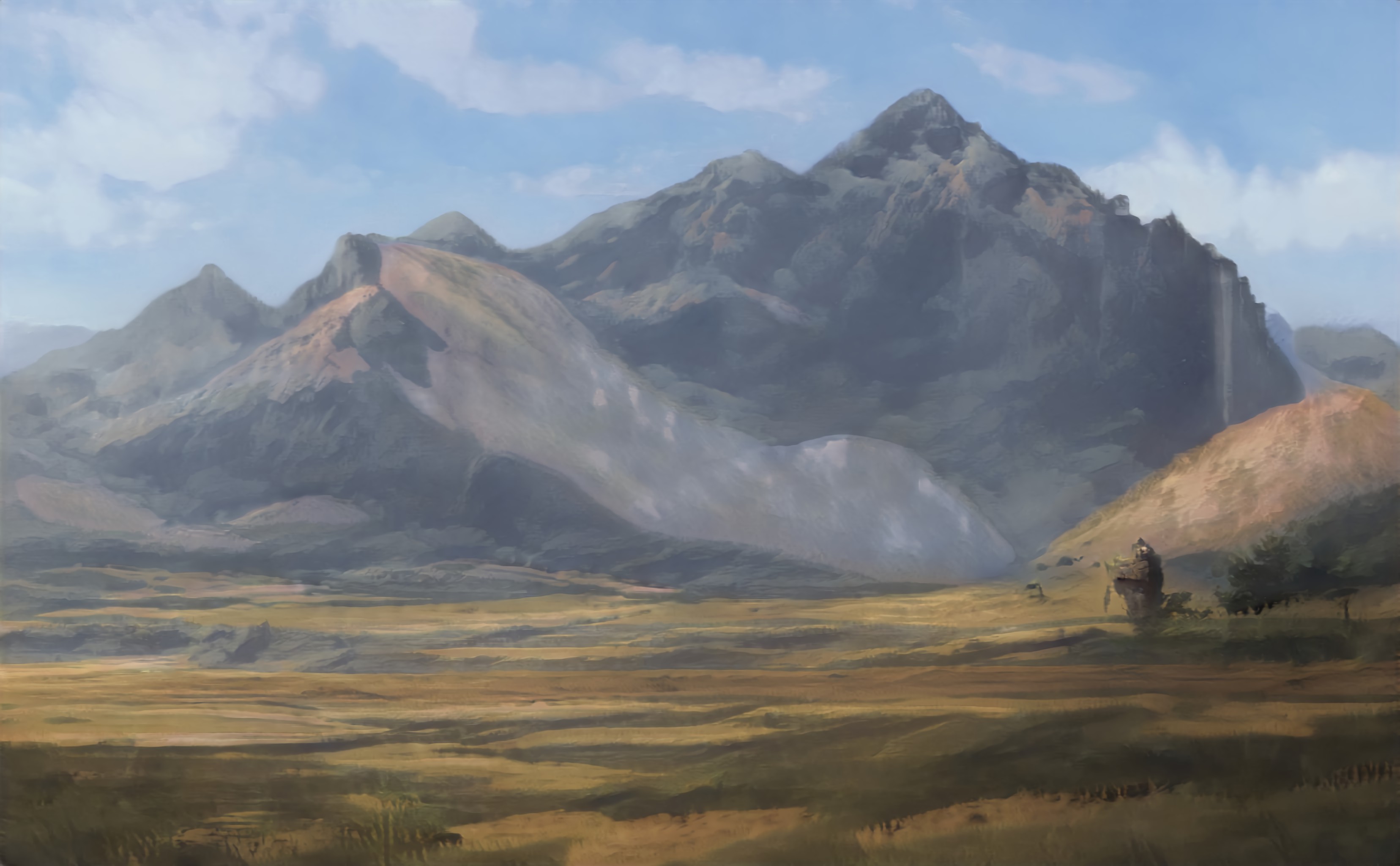
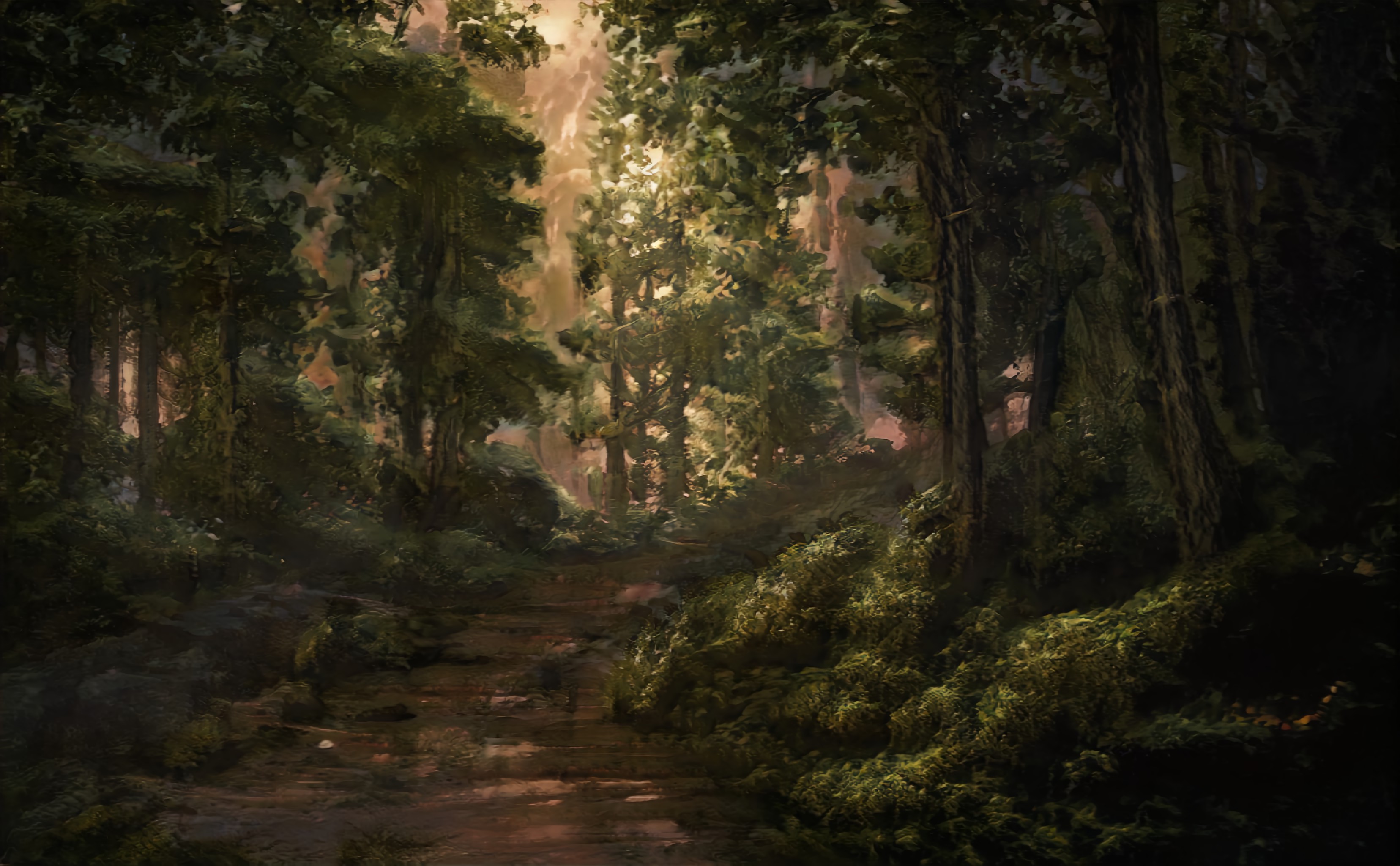
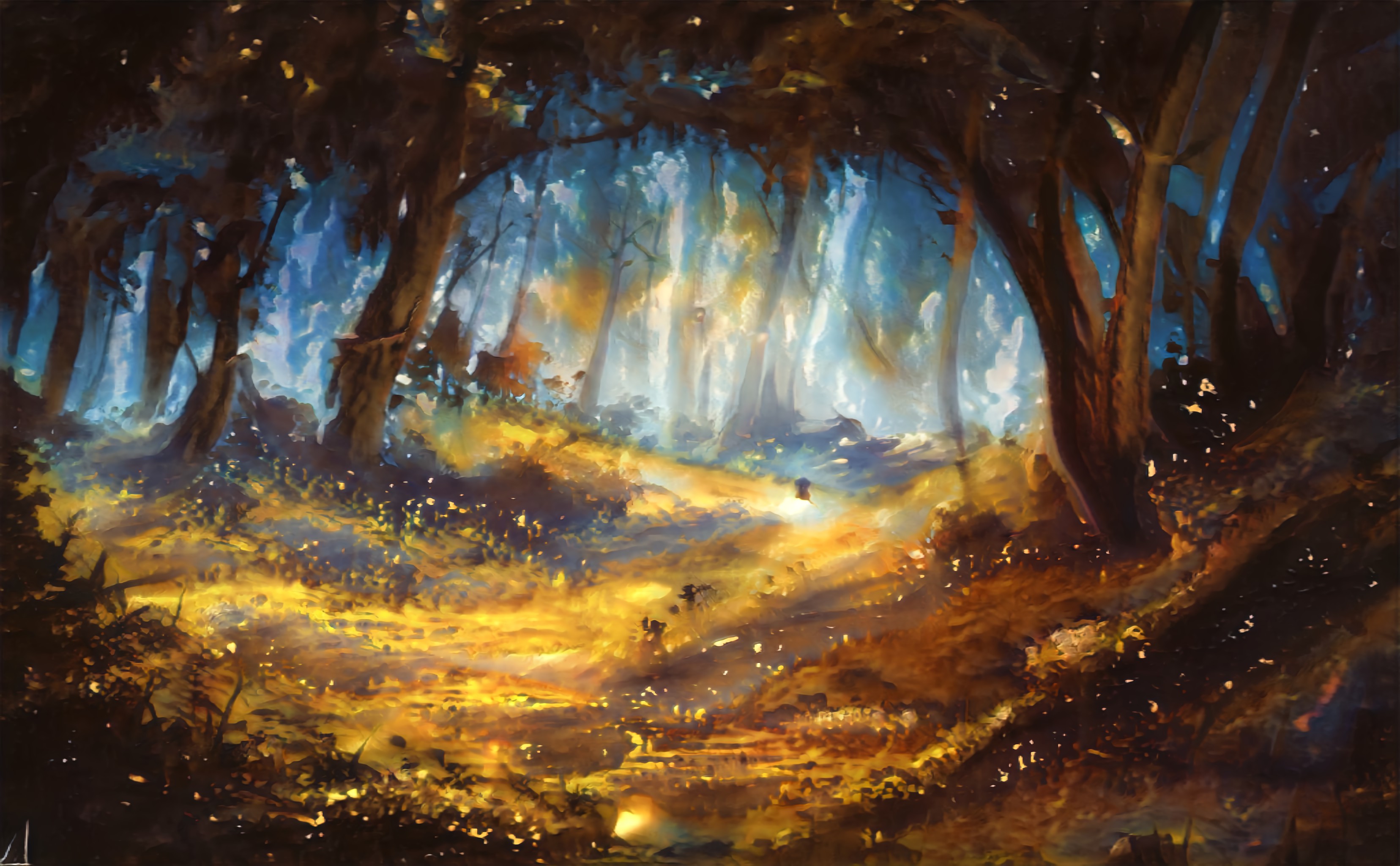
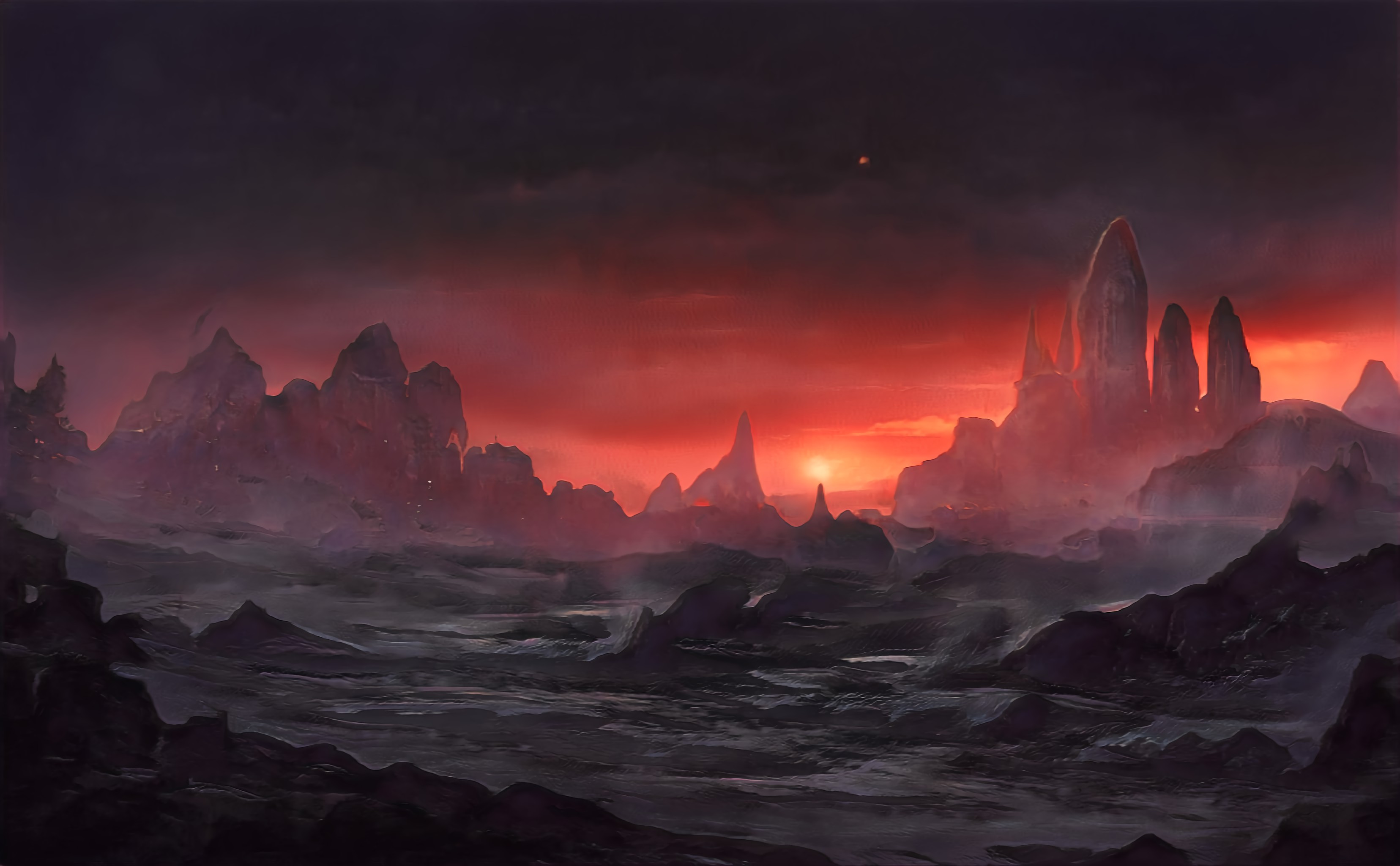
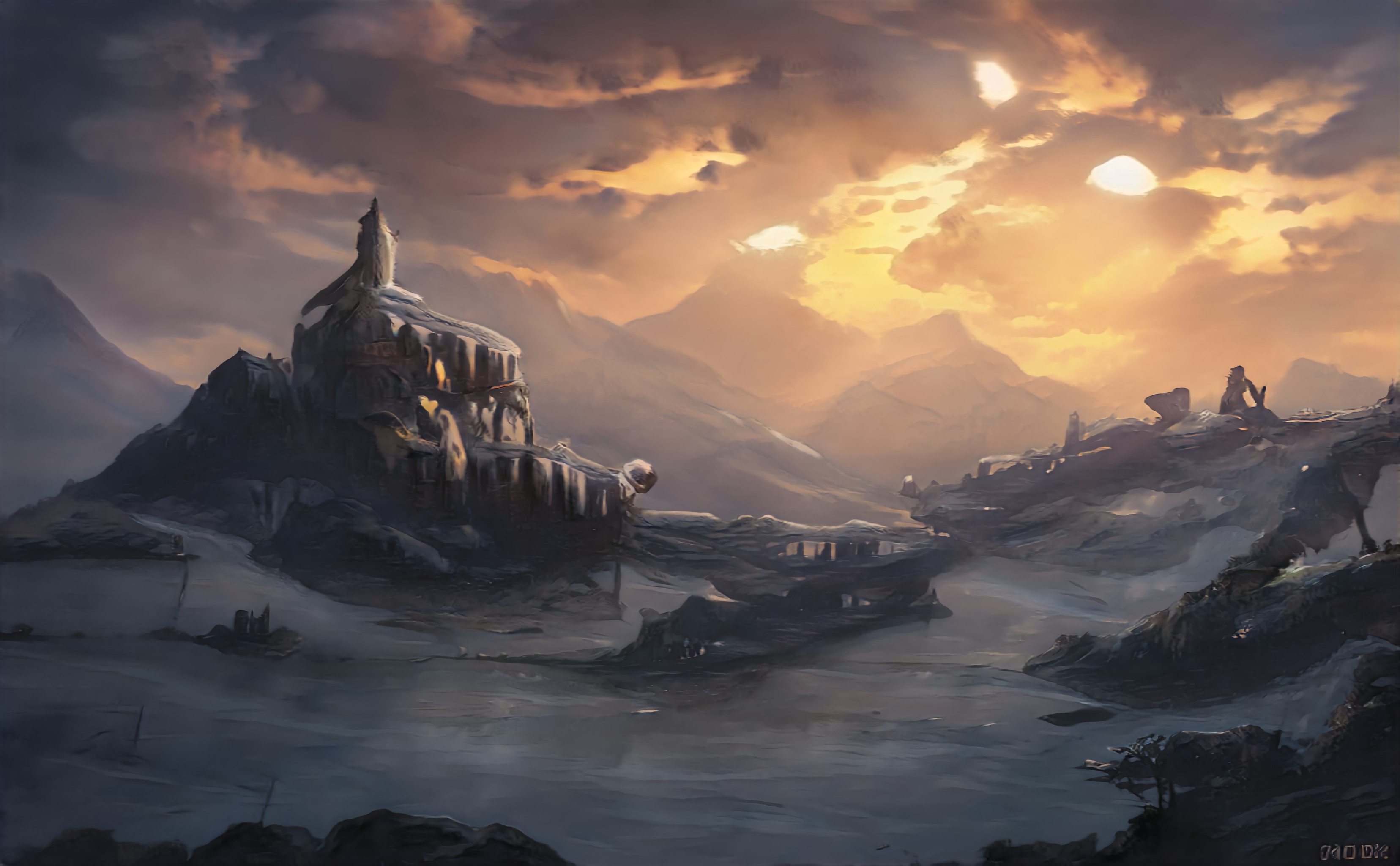
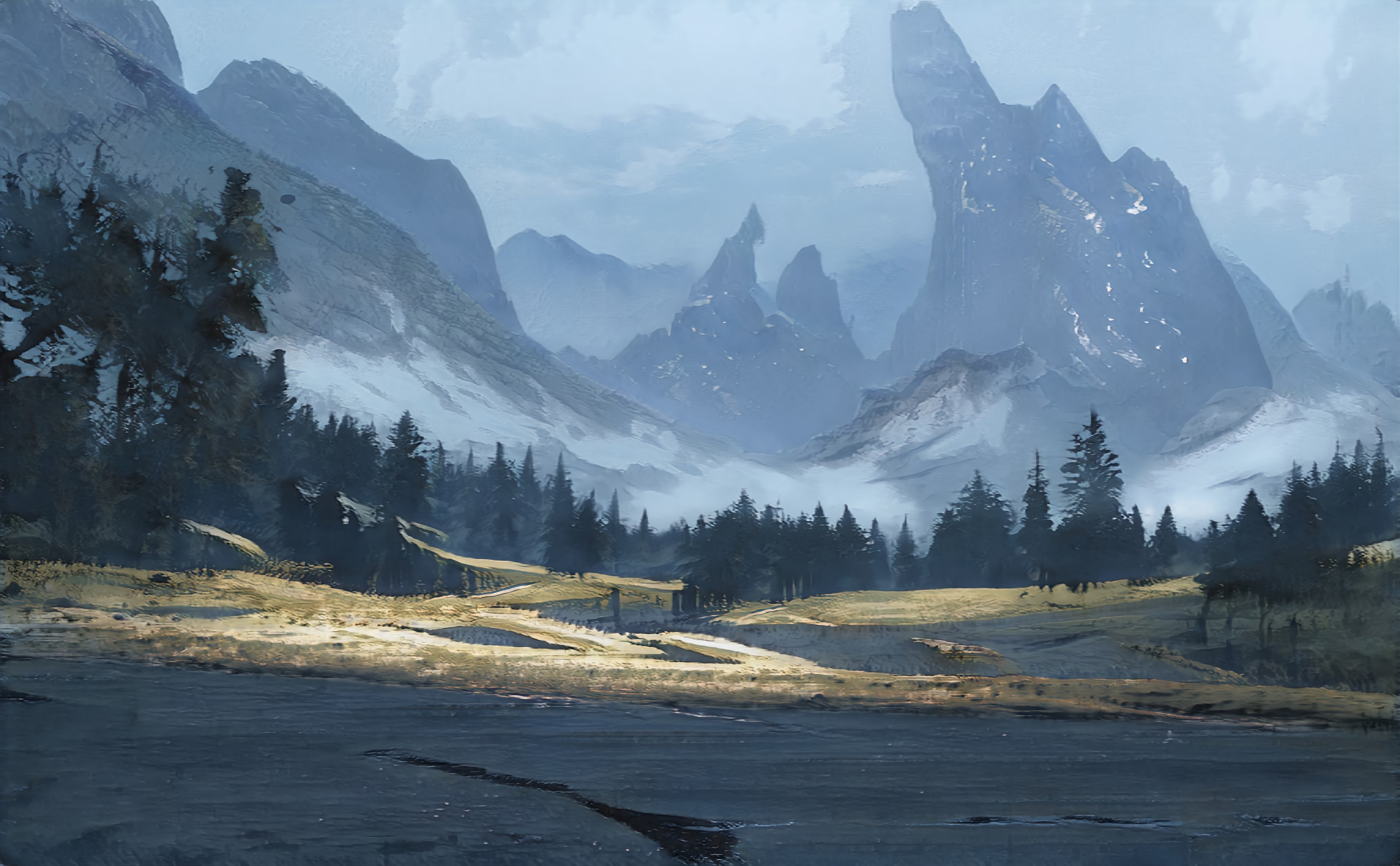
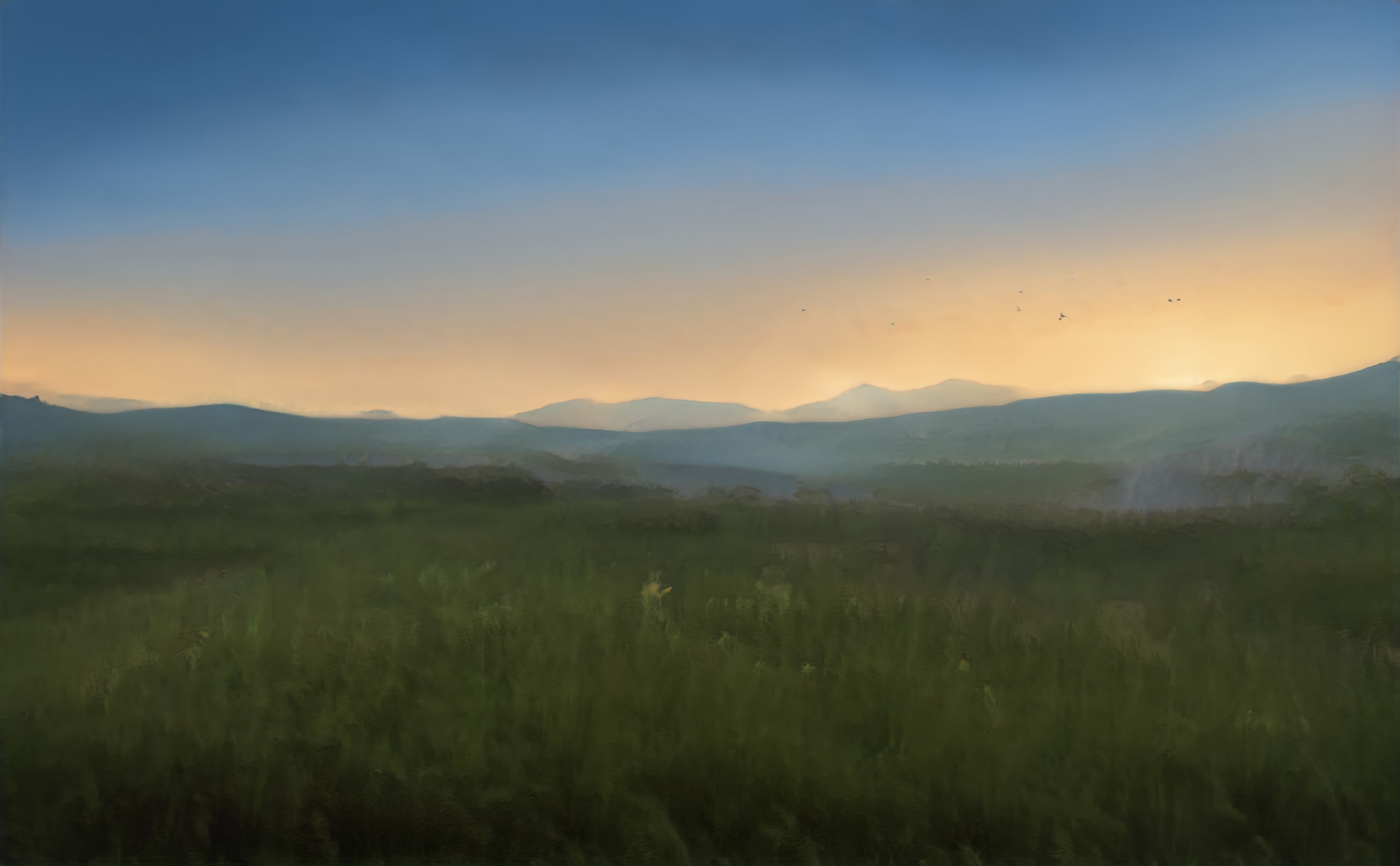
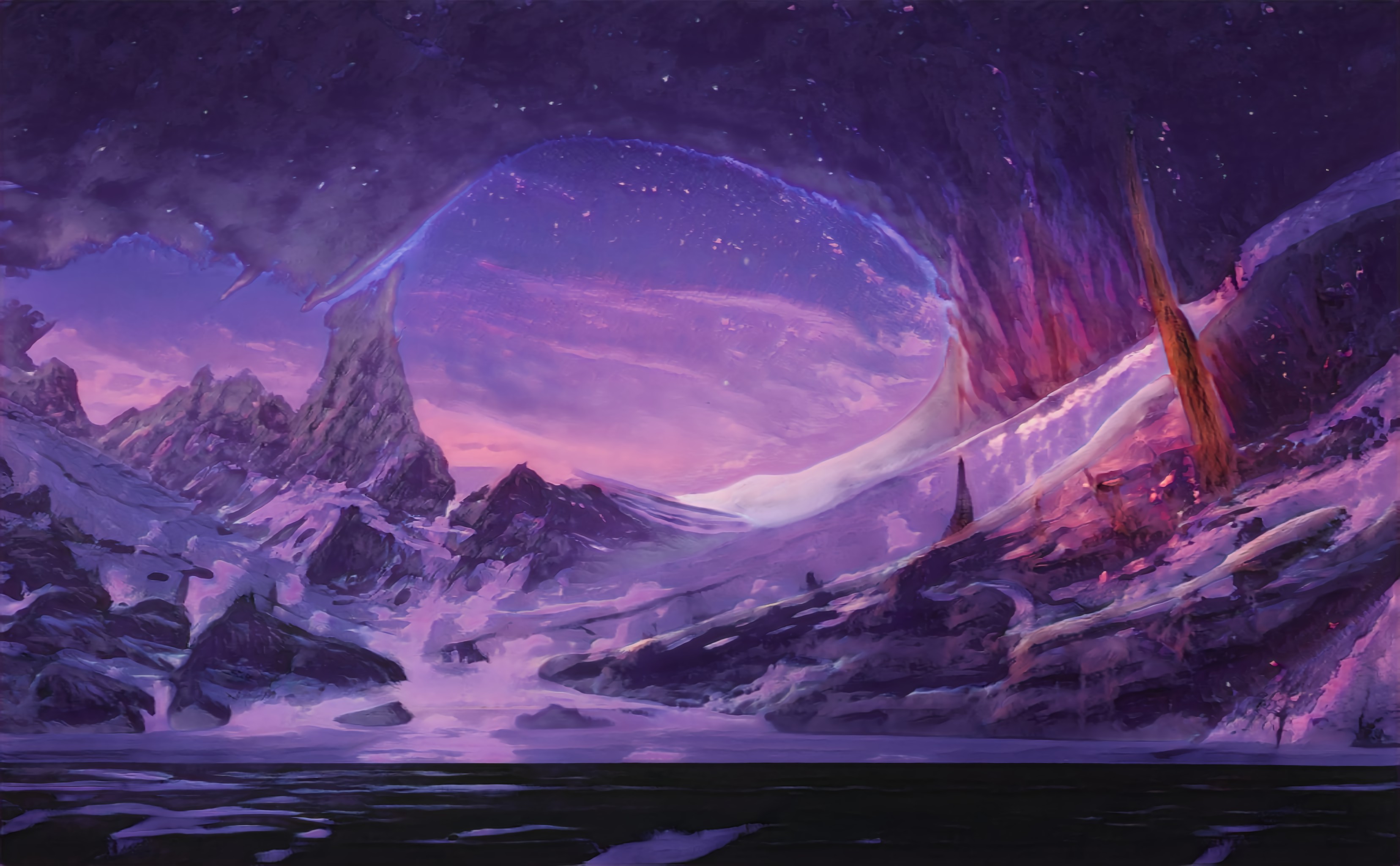
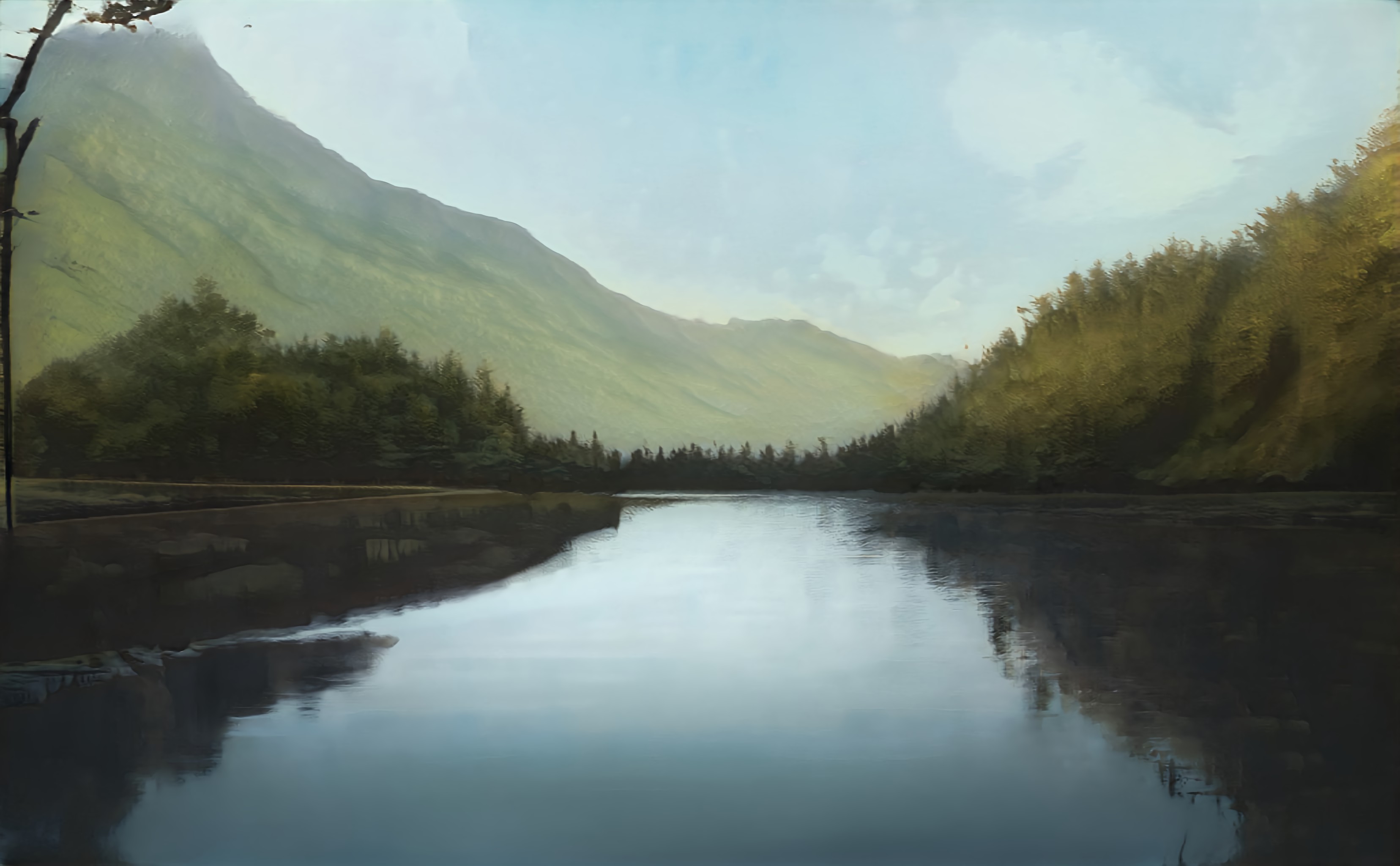
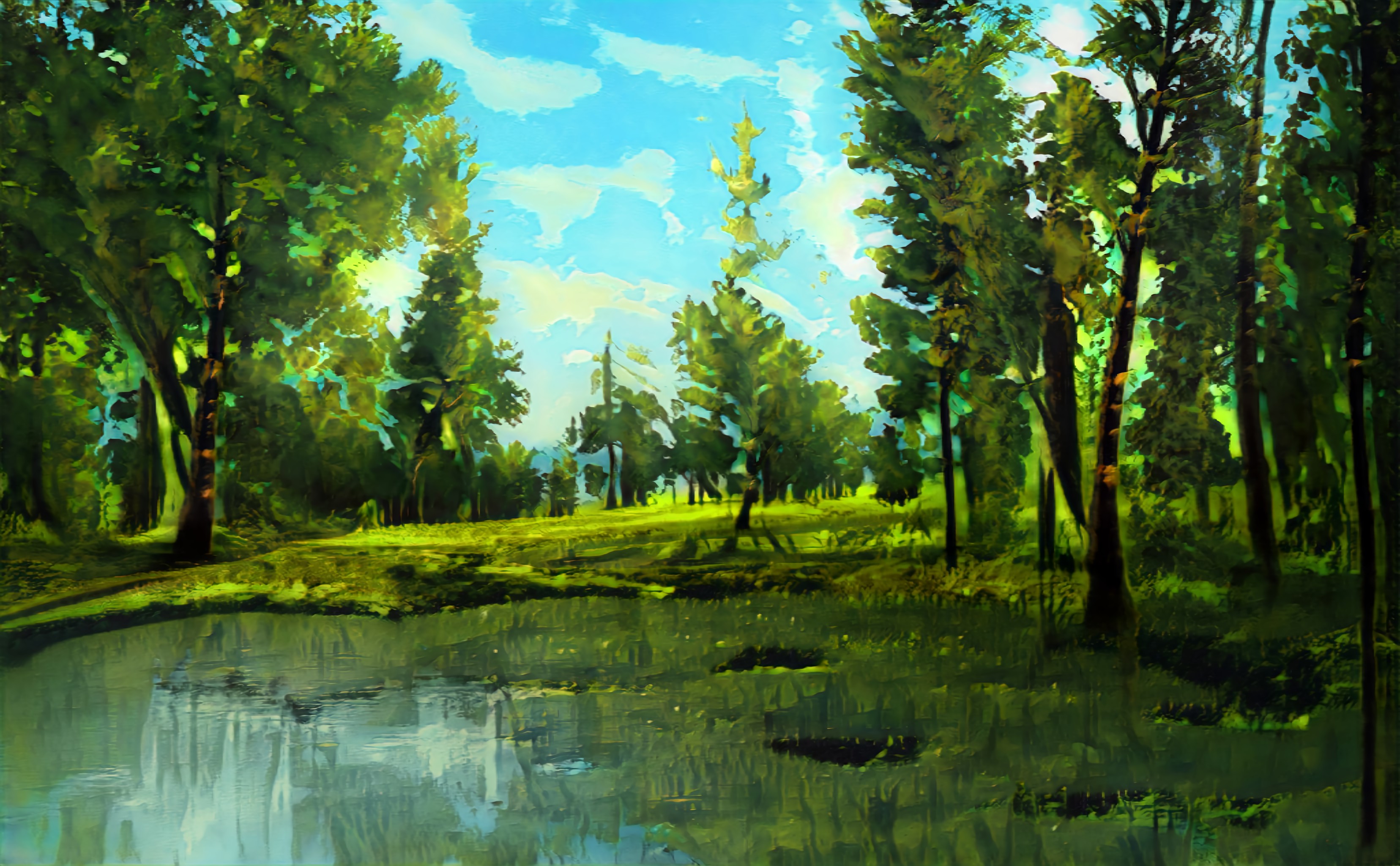
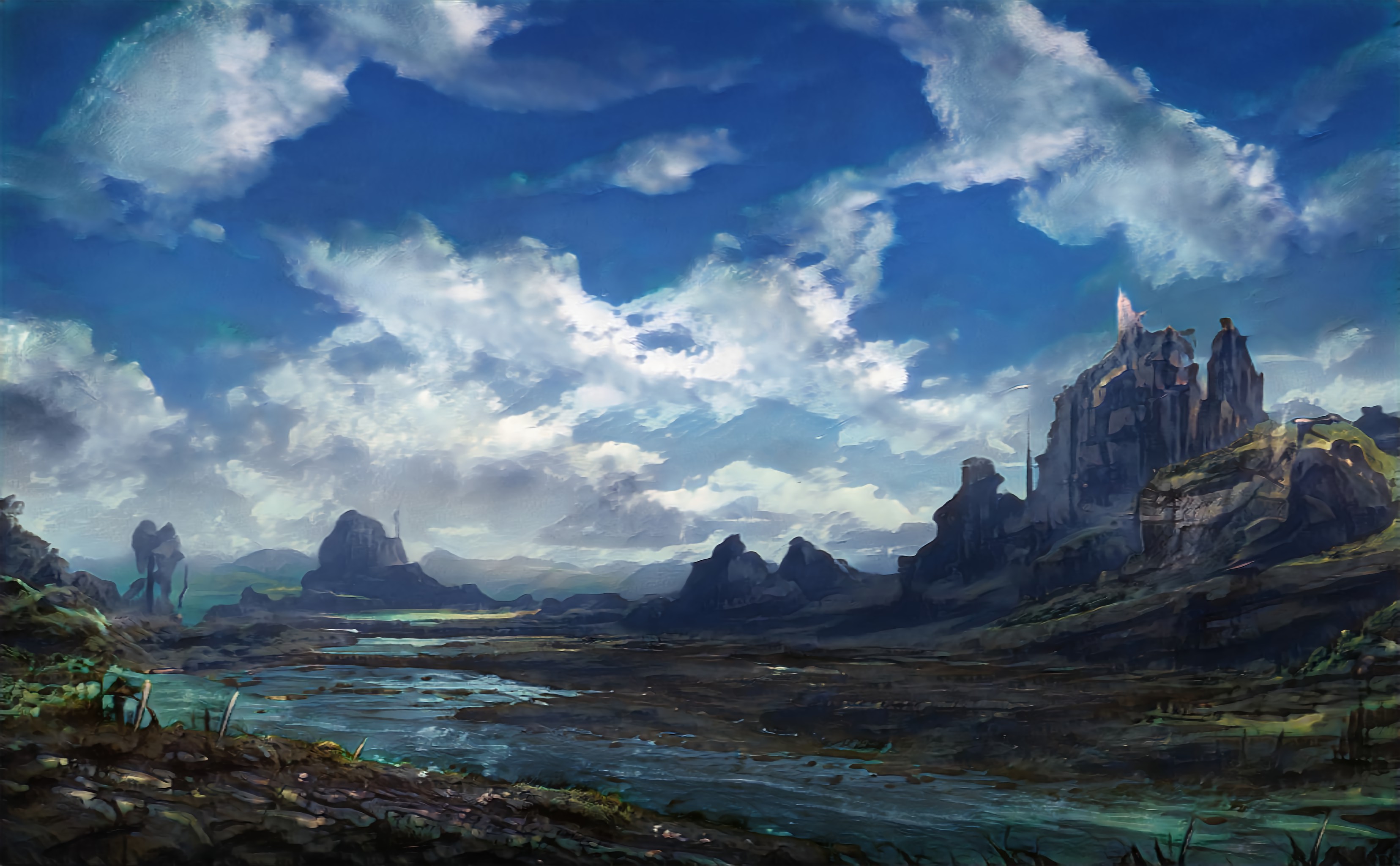
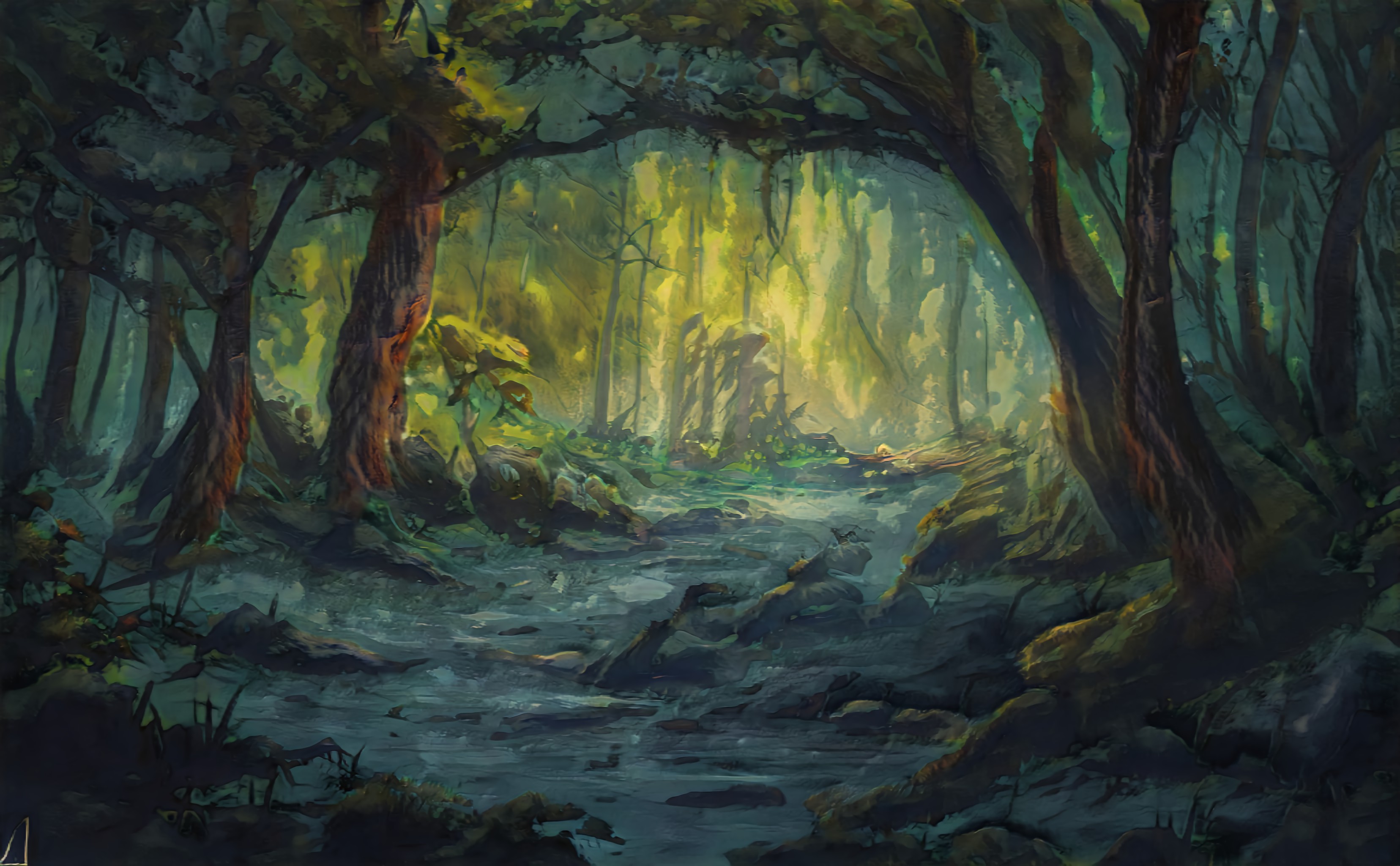
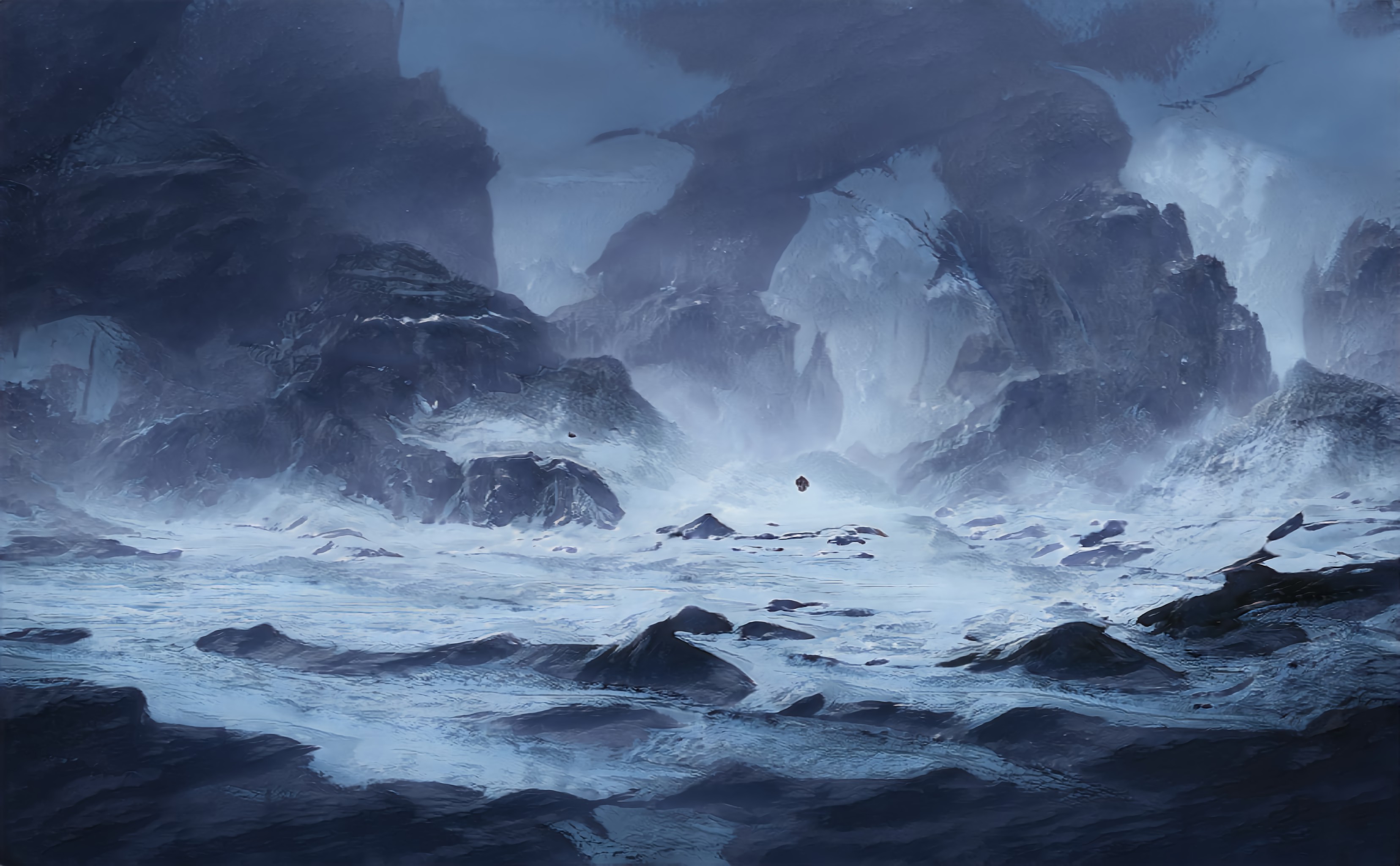
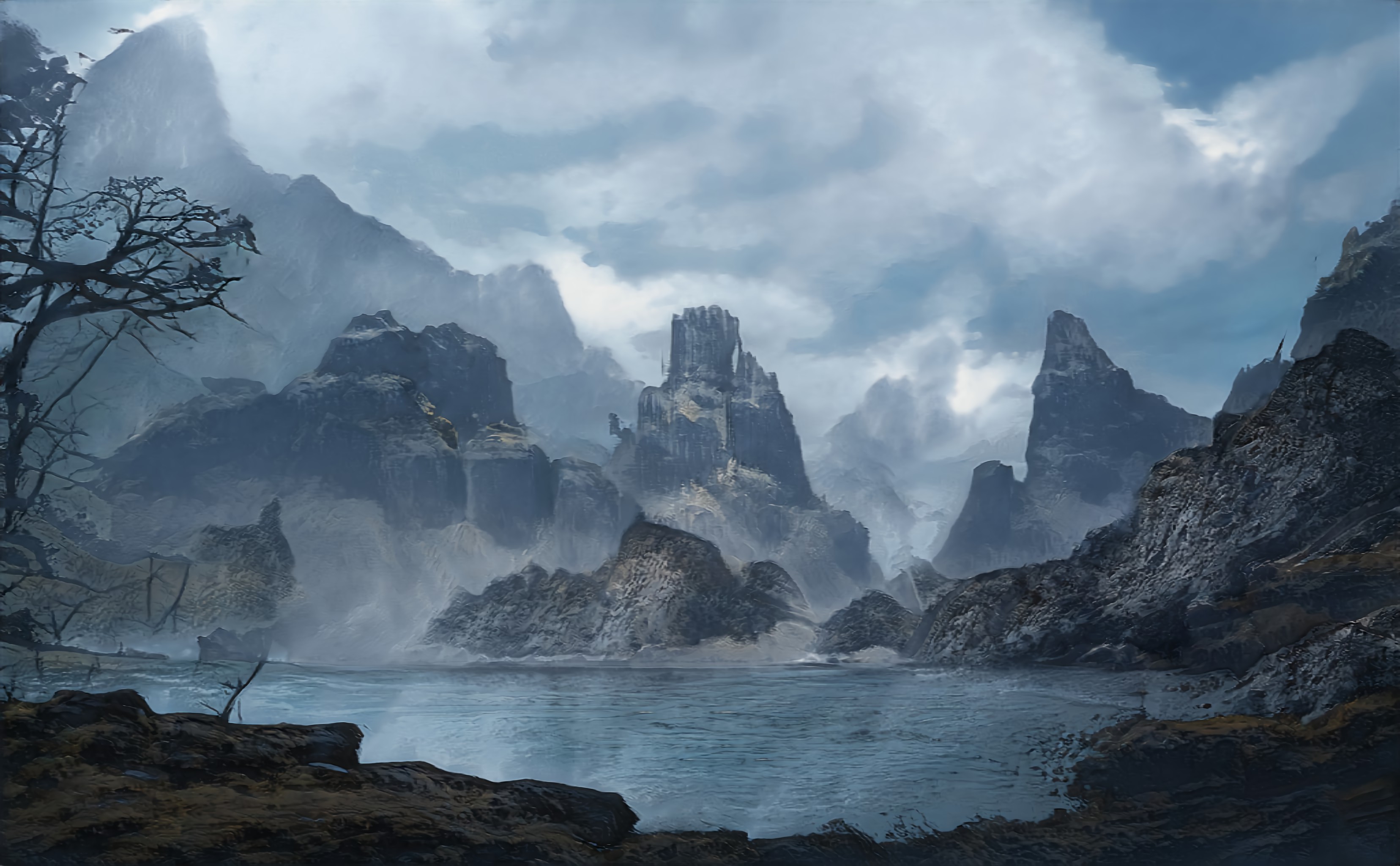
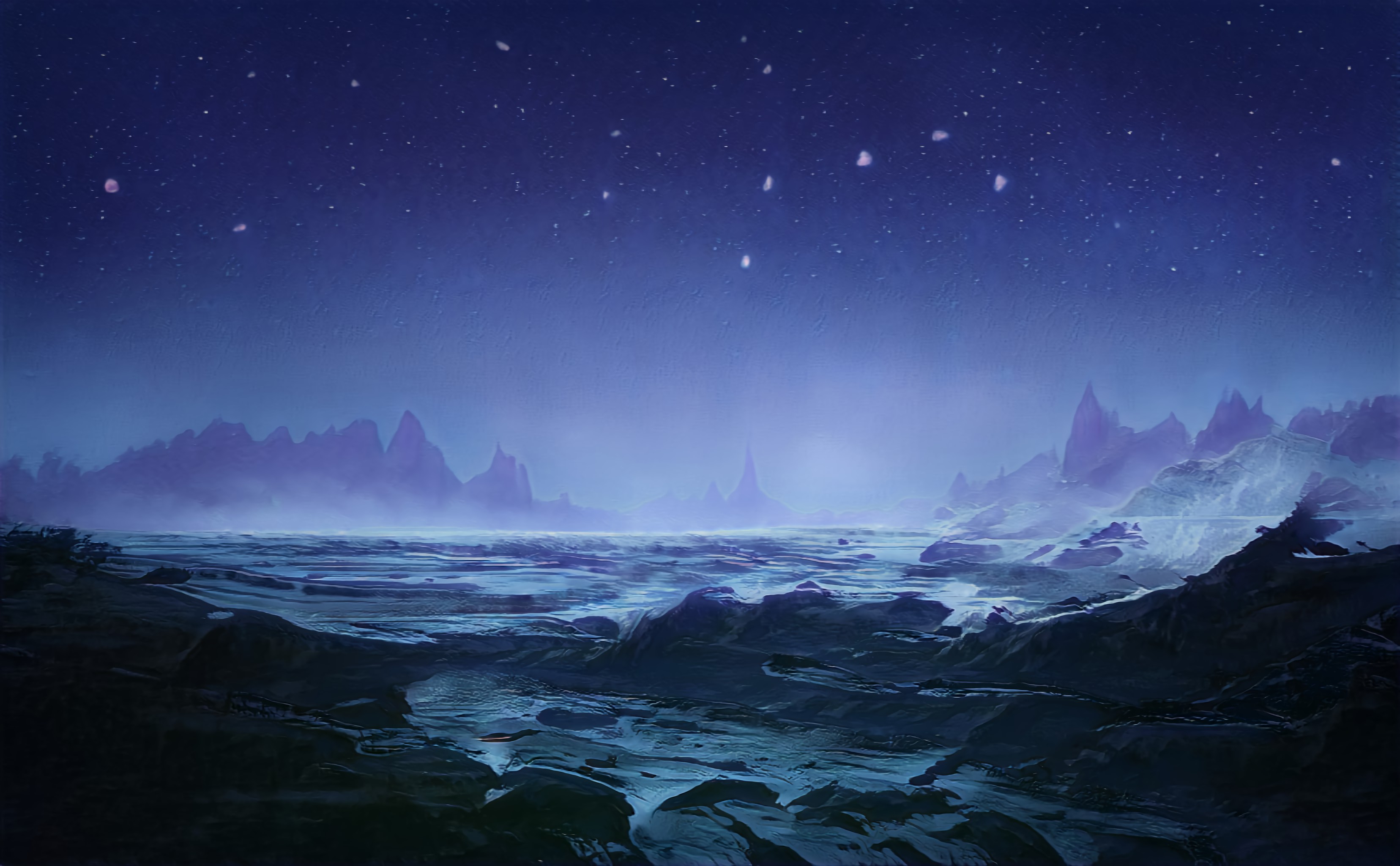
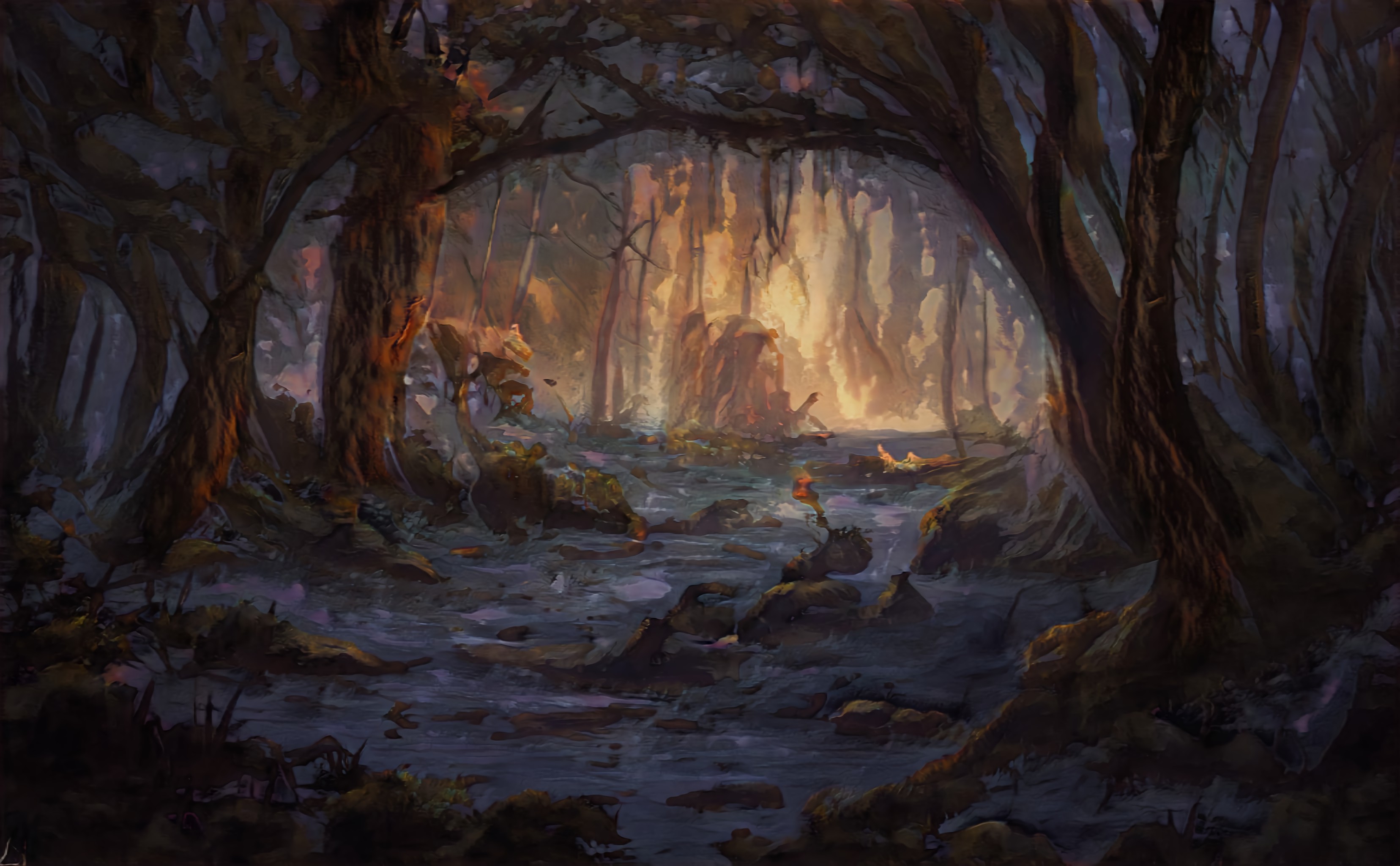
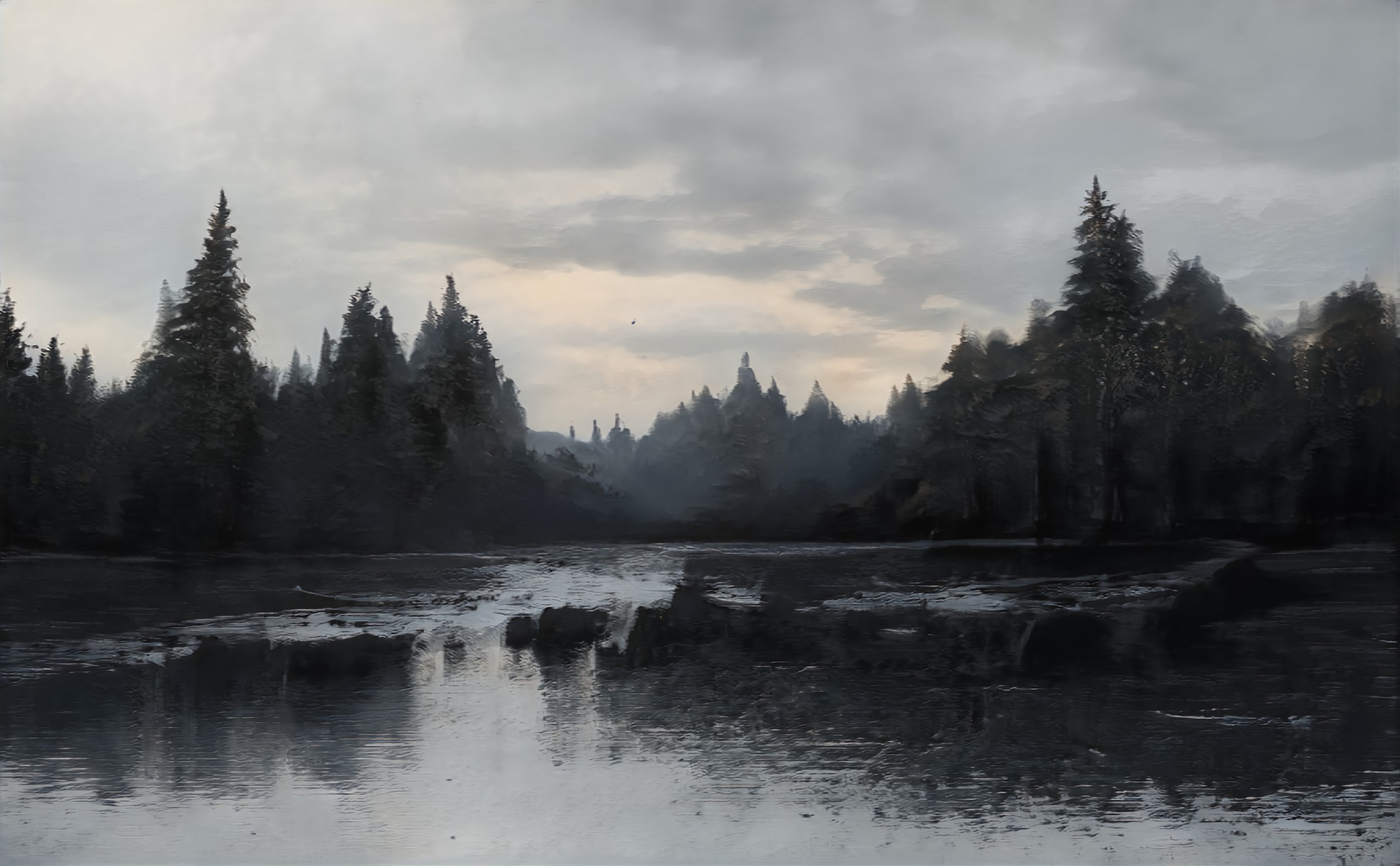
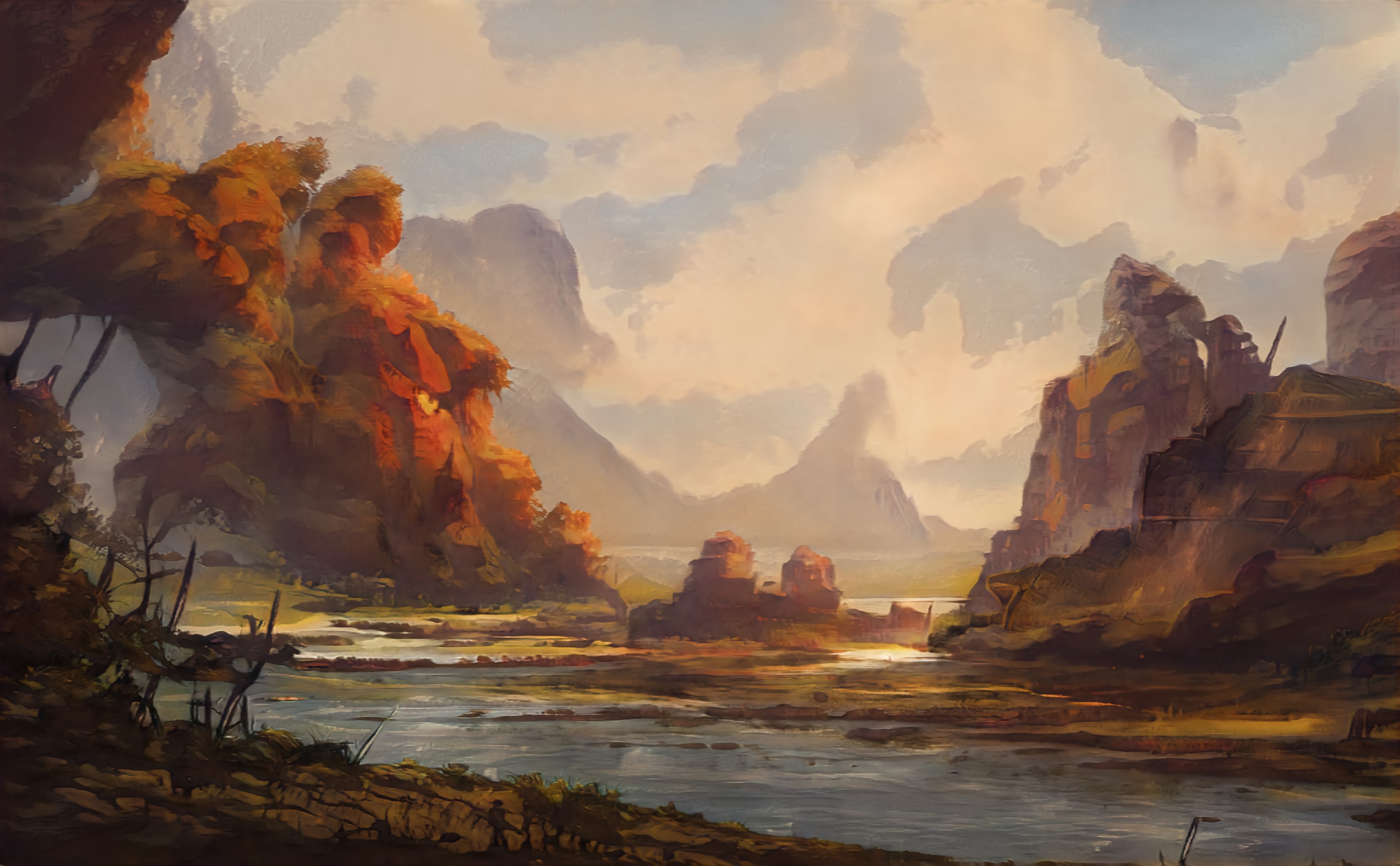

This is so detailed. I love that you've dedicated different sections to the areas of geography that are most important. <3